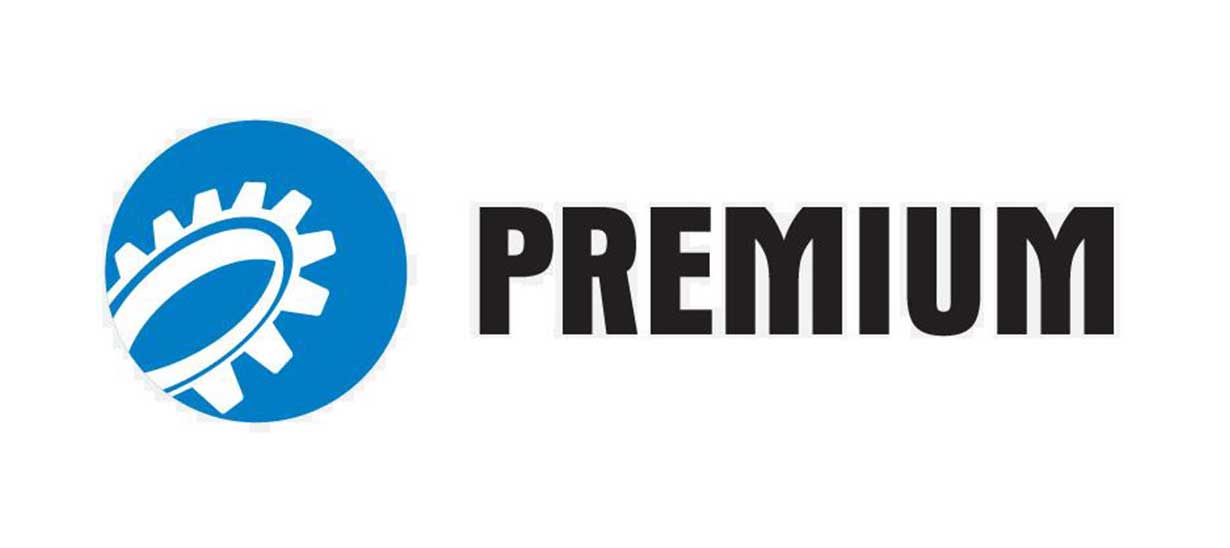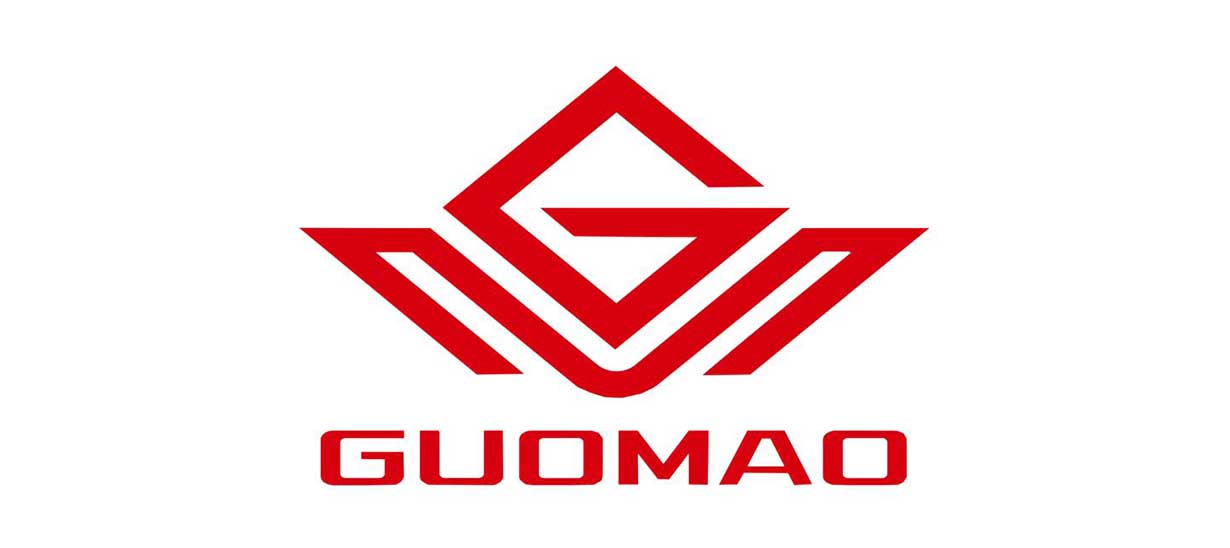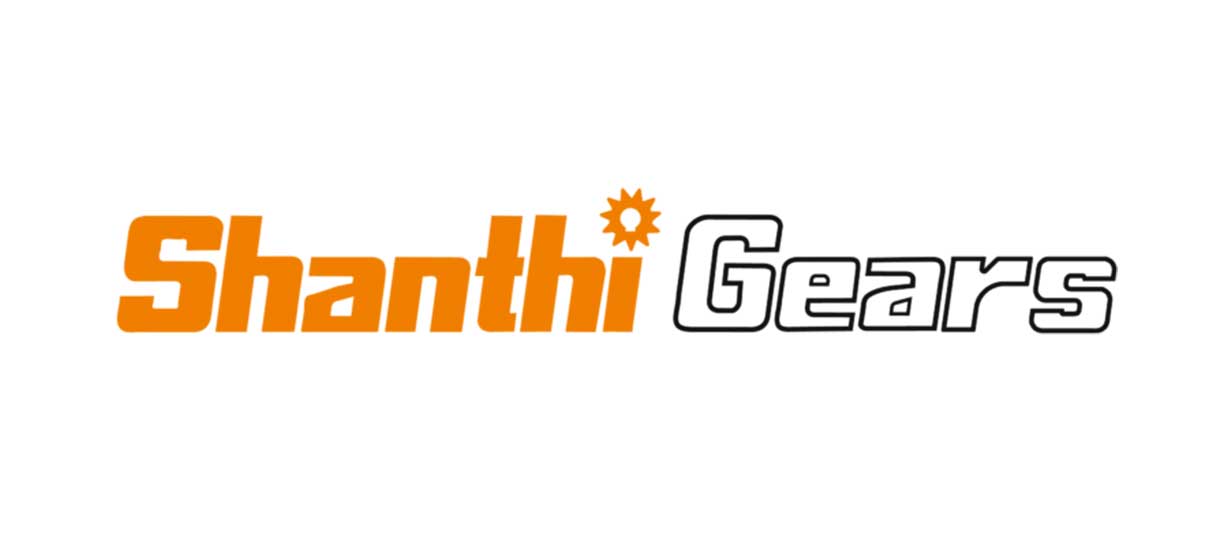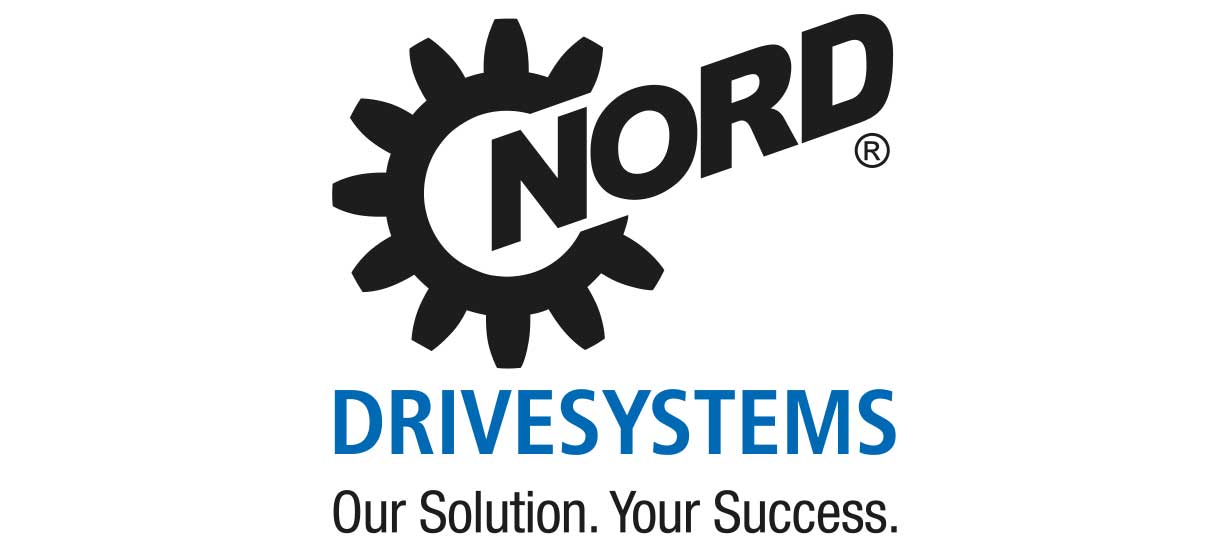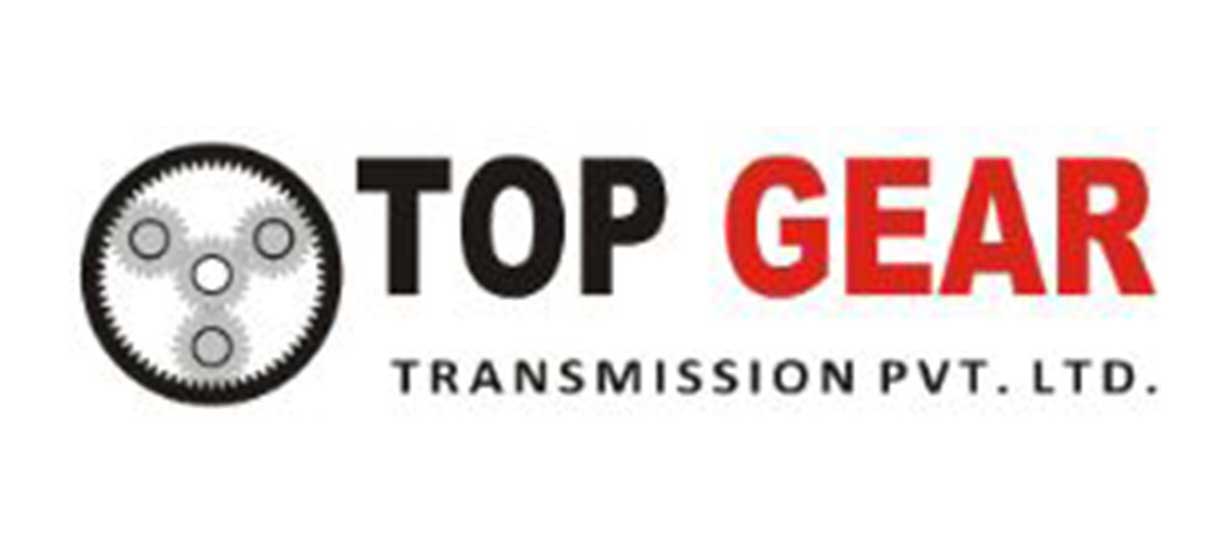Introduction:
Industrial gearboxes are used in many Industries for various purposes like handling materials, crushing, conveyors, and lifting heavy objects with Cranes. These gearboxes are attached to the motor with a shaft, which transforms the High Speed, Low Torque mechanism to Low Speed, High Torque output in a more usable way in industries like Cement, Sugar Mills, Paper Mills, Chemicals, and Power Plant.
From powering conveyors in the Cement Industry for continuous production to the intricate workings of powering cane-crushing rollers in Sugar Mills, industrial gearboxes transform power, increase torque, and keep production wheels turning in various Industries. Let’s know about Industrial Gearbox in detail.
What is an Industrial Gearbox?
More broadly, an industrial gearbox is an enclosed system that houses a series of gears arranged in a specific order. These gears integrate, transferring mechanical power from an input shaft (the driving force) to an output shaft (the driven element). The magic lies in the ability of gearboxes to manipulate this power in two crucial ways:
Change Speed: Gear ratios control the speed relationship between the input and output shafts. A gearbox can either increase (speed up) or decrease (step down) the rotational speed depending on the application's needs. Imagine a car – lower gears provide high torque for climbing hills, while higher gears translate into increased speed on flat roads.
Increase Torque: Torque, the twisting force that creates rotation, is another critical factor. Gearboxes can increase torque by a specific ratio, allowing a low-torque motor to drive high-resistance equipment. Think of a nutcracker – a small force applied to the handles translates into a much greater crushing force on the nut.
Importance of Industrial Gearbox
The importance of Industrial gearboxes is far beyond their simple mechanism. This device maintains proper balance in industrial operations by ensuring smooth and efficient power transmission across various applications. Here's why gearboxes are so important:
Versatility: Gearboxes can be customized with different gear ratios and configurations to cater to diverse applications. From the gigantic wind turbine requiring a high-speed, low-torque input to the rock crusher demanding a low-speed, high-torque output, gearboxes adapt seamlessly to integrating into various systems.
Durability and Reliability: Industrial gearboxes are built to function in harsh operating environments, extreme loads, and continuous operation. They're constructed with robust materials and designed for longevity, minimizing downtime and low maintenance costs.
Efficiency: By optimizing power transmission, gearboxes reduce energy consumption, leading to operational cost savings and reduce environmental footprint.
Safety: Gearboxes often incorporate safety features like overload protection mechanisms, ensuring safe operation and preventing equipment damage.
Types of Industrial Gearboxes
There are various types of Gearboxes used across many industries. Here we’ll have a closer look at the four most commonly used gearboxes:

Helical Gearboxes: Helical gearboxes are known for their versatility and efficiency. Unlike spur gears, which have straight teeth, helical gears feature angled teeth that engage gradually, resulting in smoother and quieter operations. This design also distributes load more evenly across the teeth, reducing wear and tear which increases the gearbox's lifespan. In addition to their quiet performance, helical gearboxes offer high efficiency, making them ideal for applications where energy conservation is a top concern. Their widespread use in material handling, conveyors, and general industrial machinery emphasizes their reliability and adaptability in various settings.

Bevel Gearboxes: Bevel gearboxes are specifically engineered to transmit power between shafts at right angles, making them essential for applications that require a change in direction. Their conical teeth engage together at an angle, facilitating smooth and efficient power transfer even when the shafts are not aligned. Beyond their role in redirecting shafts, bevel gearboxes excel in situations where space constraints or environmental factors demand compact and robust solutions. Wind turbines, mixers, and other machinery that require precise blending or mixing of ingredients benefit from the reliability and durability of bevel gearboxes.

Worm Gearboxes: Worm gearboxes are used for their ability to provide considerable torque output, making them essential components in applications where high torque at low speeds is required. The distinctive feature of worm gearboxes is the helical worm gear attaching to a worm wheel, resulting in a gear arrangement that remarkably increases input torque. This makes worm gearboxes ideal for heavy-duty tasks such as lifting and conveying, as well as applications where precise control and smooth operation are essential. Their efficiency and reliability make them a preferred choice in elevators, screw conveyors, and other equipment requiring powerful torque transmission.

Planetary Gearbox: Planetary gearboxes, named for their similarity to the solar system's planetary arrangement, are compact powerhouses known for their exceptional torque output and high gear ratios. Their unique design features a central sun gear surrounded by planet gears, which rotate around the sun gear while also revolving on their axes. This configuration results in a gear system capable of handling high loads and providing precise motion control in a compact footprint. Planetary gearboxes are widely used in robotics, construction equipment, and machine tools where space is limited, and high performance is mandatory. Their versatility and efficiency make them crucial components in modern machinery and automation systems.
Applications of Industrial Gearbox
Industrial gearboxes play crucial roles across a wide range of industries. Some of the most common applications of Industrial gearboxes are as follows:
Manufacturing: In the manufacturing sector, industrial gearboxes serve as the main pillar of production lines, powering numerous machines and devices. From automotive assembly plants to electronics manufacturing facilities, gearboxes are integral to the smooth operation of machinery. For example, helical gearboxes ensure the precise movement of conveyor belts, facilitating the efficient transport of components along assembly lines. Similarly, worm gearboxes provide the high torque necessary for presses to stamp out metal components with precision. Additionally, in robotic welding and painting applications, gearboxes enable the accurate positioning and movement of robotic arms, ensuring consistent and high-quality output.
Power Generation: In the field of power generation, industrial gearboxes play an important role in converting various forms of energy into electricity. For example, in wind turbine systems, gearboxes are essential components that facilitate the transformation of the slow rotational motion of wind turbine blades into the high-speed rotation required by electrical generators. Helical gearboxes are commonly used in wind turbine applications due to their efficiency and smooth operation, helping to maximize energy output while minimizing maintenance requirements. Furthermore, in hydroelectric power plants, gearboxes are utilized in turbine systems to regulate the flow of water and optimize energy production.
Material Handling: Material handling is another area where industrial gearboxes are used, enabling the proper movement and transportation of goods across various industries. In loading docks and warehouses, gearboxes power conveyor belts, facilitating the efficient loading and unloading of goods. For applications requiring changes in direction, such as corner conveyors, bevel gearboxes are suitable due to their ability to transmit power at right angles. Additionally, in lifting applications like scissor lifts and crane systems, worm gearboxes provide the high torque necessary to lift heavy objects safely and efficiently.
Construction: Construction sites use heavy machinery to carry out tasks ranging from excavation to construction of buildings. Industrial gearboxes are involved in providing the necessary torque and speed control for these machines to operate effectively. Excavators, bulldozers, and cranes all utilize gearboxes to power their various functions, from digging foundations to lifting heavy beams. Planetary gearboxes, with their compact size and high torque output, are particularly appropriate for use in construction equipment where space is limited. Their robust construction and reliable performance make them necessary components on construction sites worldwide.
Agriculture and Irrigation: From powering irrigation systems to operating grain elevators and farm machinery, gearboxes are essential components in modern agricultural practices. Worm gearboxes, with their self-locking capabilities, are often used in irrigation systems to ensure reliable and precise control of water flow. Additionally, in equipment such as tractors and harvesters, gearboxes enable the efficient transmission of power from the engine to various implements, allowing farmers to cultivate crops more efficiently and effectively.
Conclusion:
Industrial gearboxes are essential across industries, powering machinery in manufacturing, material handling, construction, power generation, and agriculture. From assembly lines to wind turbines, they ensure smooth operations and efficient energy conversion. With their versatility and reliability, gearboxes drive innovation and productivity across various sectors, playing a vital role in advancing modern industries.
Frequently Asked Questions
1. Which type of gearbox is right for my application?
The ideal gearbox depends on your specific needs. Consider factors like:
Required speed change (increase or decrease)
Necessary torque output
Shaft alignment (parallel or right angle)
Space constraints
Application environment
2. What are gear ratios in industrial gearboxes?
Gear ratios determine the speed change between the input and output shafts. A higher ratio reduces speed and increases torque, and vice versa.
3. How do industrial gearboxes increase torque?
By design, gearboxes can multiply the input torque through the gear arrangement. Worm gearboxes are particularly known for high torque output.
4. What materials are used to manufacture industrial gearboxes?
Gearboxes are typically made from robust materials like steel or cast iron to withstand heavy loads and harsh environments.
5. What is the importance of proper lubrication for gearboxes?
Lubrication minimizes friction, wear, and tear, ensuring smooth operation and extending gearbox life.
6. How do I maintain an industrial gearbox?
Regular maintenance includes checking lubrication levels, inspecting for leaks or damage, and following the manufacturer's recommendations.
7. Are industrial gearboxes noisy?
Helical gearboxes are known for quiet operation due to their angled teeth design. Other types may have varying noise levels depending on the application.
8. Are industrial gearboxes energy-efficient?
Yes, efficient gearboxes minimize power loss during transmission, reducing energy consumption and costs.
9. How can I select the right size gearbox for my needs?
Consider factors like motor power, desired output speed and torque, and application requirements. Consulting a gearbox manufacturer or distributor is recommended.
Summary of Content:
Introduction
What is an Industrial Gearbox?
Importance of Industrial Gearbox
Versatility
Durability and Reliability
Efficiency
Safety
Types of Industrial Gearboxes
Helical Gearboxes
Bevel Gearboxes
Worm Gearboxes
Planetary Gearbox
Applications of Industrial Gearbox
Manufacturing
Power Generation
Material Handling
Construction
Agriculture and Irrigation
Conclusion
Frequently Asked Questions





